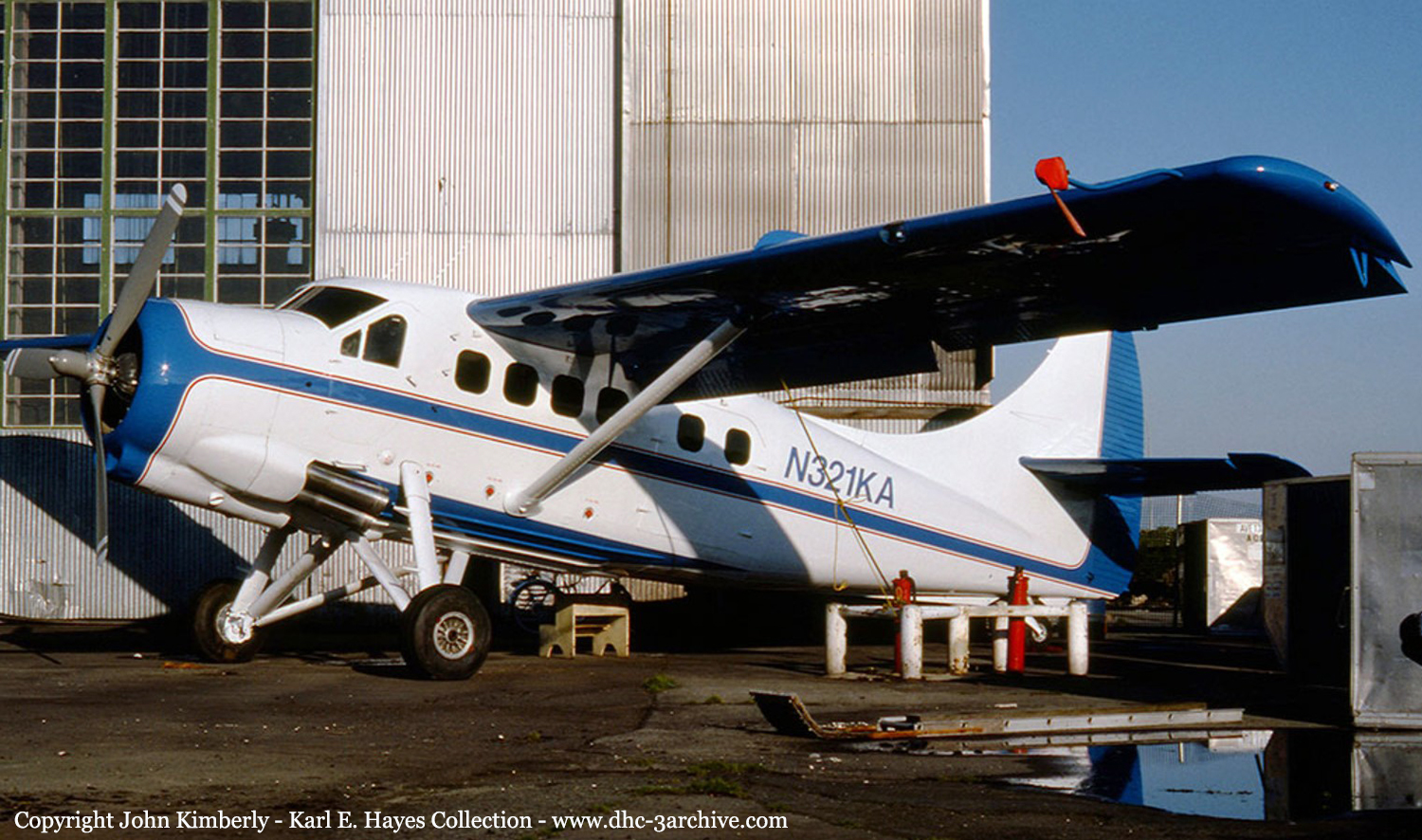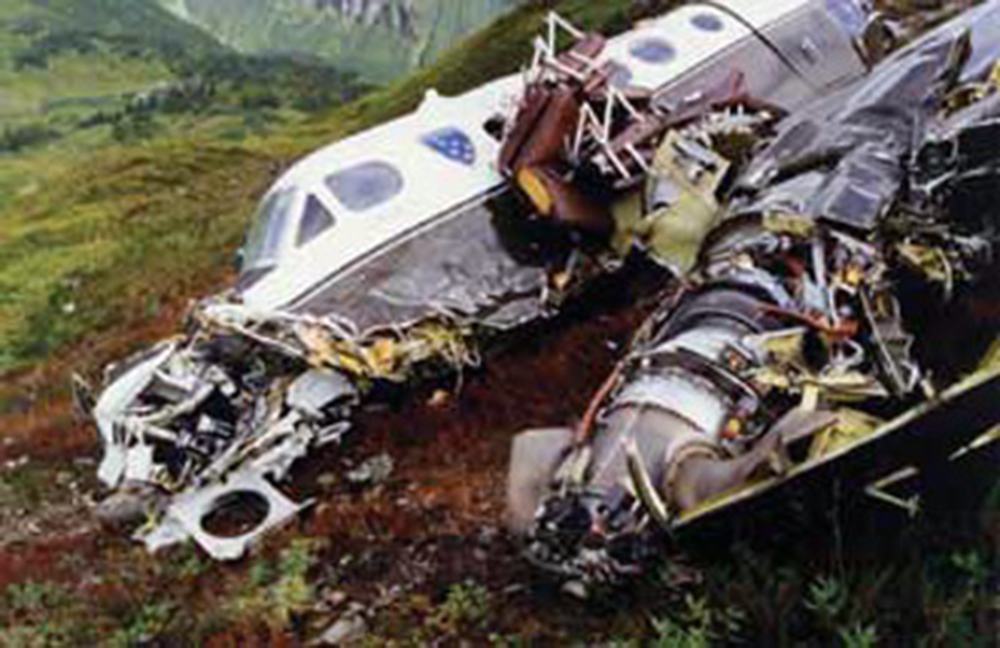Crash of a De Havilland DHC-3 Otter in Nikabuna Lake
Date & Time:
Aug 19, 1993 at 1522 LT
Registration:
N321KA
Survivors:
Yes
Schedule:
Nikabuna Lake - Anchorage
MSN:
415
YOM:
1962
Crew on board:
1
Crew fatalities:
Pax on board:
5
Pax fatalities:
Other fatalities:
Total fatalities:
0
Captain / Total hours on type:
350.00
Aircraft flight hours:
7200
Circumstances:
The on-demand fishing/hunting charter air carrier pilot experienced a total loss of power and landed in a small lake. During the ground run following the emergency landing a oil-fed fire destroyed the aircraft. Investigators found inadequate flight following documentation, and fuel records or maintenance records for accident acft or operation. Passenger witnesses reported low fuel gauges prior to takeoff. Fuel pump examination indicated fuel starvation.
Probable cause:
Fluid, fuel starvation as a result of the pilot-in-command's improper inflight planning/decision. A factor in the accident was the operator's inadequate flight time and fuel upload record keeping.
Final Report:







